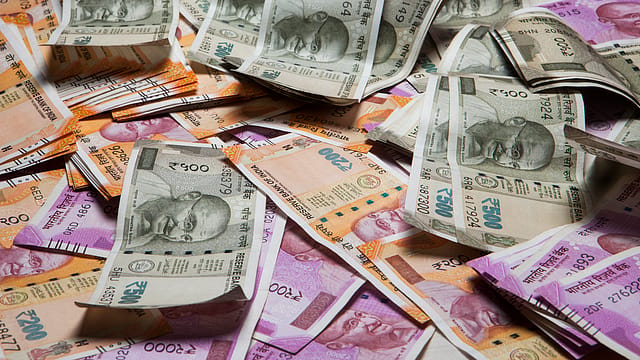FDI inflow down 16% in FY23 — first time in a decade
ADVERTISEMENT

Gross foreign direct investment (FDI) flows to India declined for the first time in a decade in the financial year 2022-23 to $71 billion, primarily due to a slowdown in the global economy. The data released by the Reserve Bank of India (RBI) shows gross inward FDI flows stood at $71 billion in 2022-23, registering a decline of 16.3% on a y-o-y basis.
The net FDI declined to $28 billion in 2022-23 as compared to $38.6 billion a year ago, mainly due to moderation in gross FDI inflows and an increase in repatriation. Manufacturing, computer services, and communication services recorded the "highest decline" in FDI inflows as compared with the preceding year. The major contributors to the fall in inflows during the same period were the U.S., Switzerland, and Mauritius, the data shows.
The RBI data, quoting 'fDi Intelligence', said India was the second largest recipient of FDI (US$26.2 billion) in the semiconductor industry for the year 2022, second only to the US (US$ 33.8 billion). Massive investments in capital-intensive chip FDI projects are underway, in line with the government of India’s efforts to develop the industry.
December 2025
The annual Fortune 500 India list, the definitive compendium of corporate performance, is out. This year, the cumulative revenue of the Fortune 500 India companies has breached $2 trillion for the first time. Plus, find out which are the Best B-schools in India.
Also, foreign portfolio investors (FPIs) turned net purchasers in domestic financial markets in April, primarily in the equity segment ($1.9 billion), which was supplemented by an inflow in the debt segment ($0.2 billion).
Financial services, capital goods, and oil, gas, and consumable fuels saw the highest net portfolio investment during April 16-30, 2023. In May (up to the 15th), the net purchases of FPIs were to the tune of $2.2 billion.
External commercial borrowing (ECB) registrations, which picked up gradually during the first three quarters of 2022-23, moderated in Q4. Amid rising global interest rates and a greater uptick in domestic credit growth, ECB registrations fell by one-third to $26.6 billion during 2022-23. ECB inflows at $23.8 billion during 2022-23 were marginally higher than outflows, recording a modest net inflow.
Besides, foreign exchange reserves increased by $75 billion since October 21, 2022, and stood at $599.5 billion on May 12, 2023, sufficient to cover 10 months of projected imports for 2022-23 and 97.8% of total external debt.
Since the onset of COVID-19, India’s foreign exchange reserves have increased by $100.6 billion (end of March 2023 over end of March 2020). This is the second-highest increase among the top 10 countries ranked by foreign exchange reserve holdings.
The domestic currency (INR) appreciated by 0.3% (m-o-m) vis-à-vis the US dollar in April 2023 and remained one of the "least volatile" among major currencies, the RBI data shows. The INR, however, depreciated by 1.8% (m-o-m) in terms of the 40-currency real effective exchange rate in April 2023, it adds.
